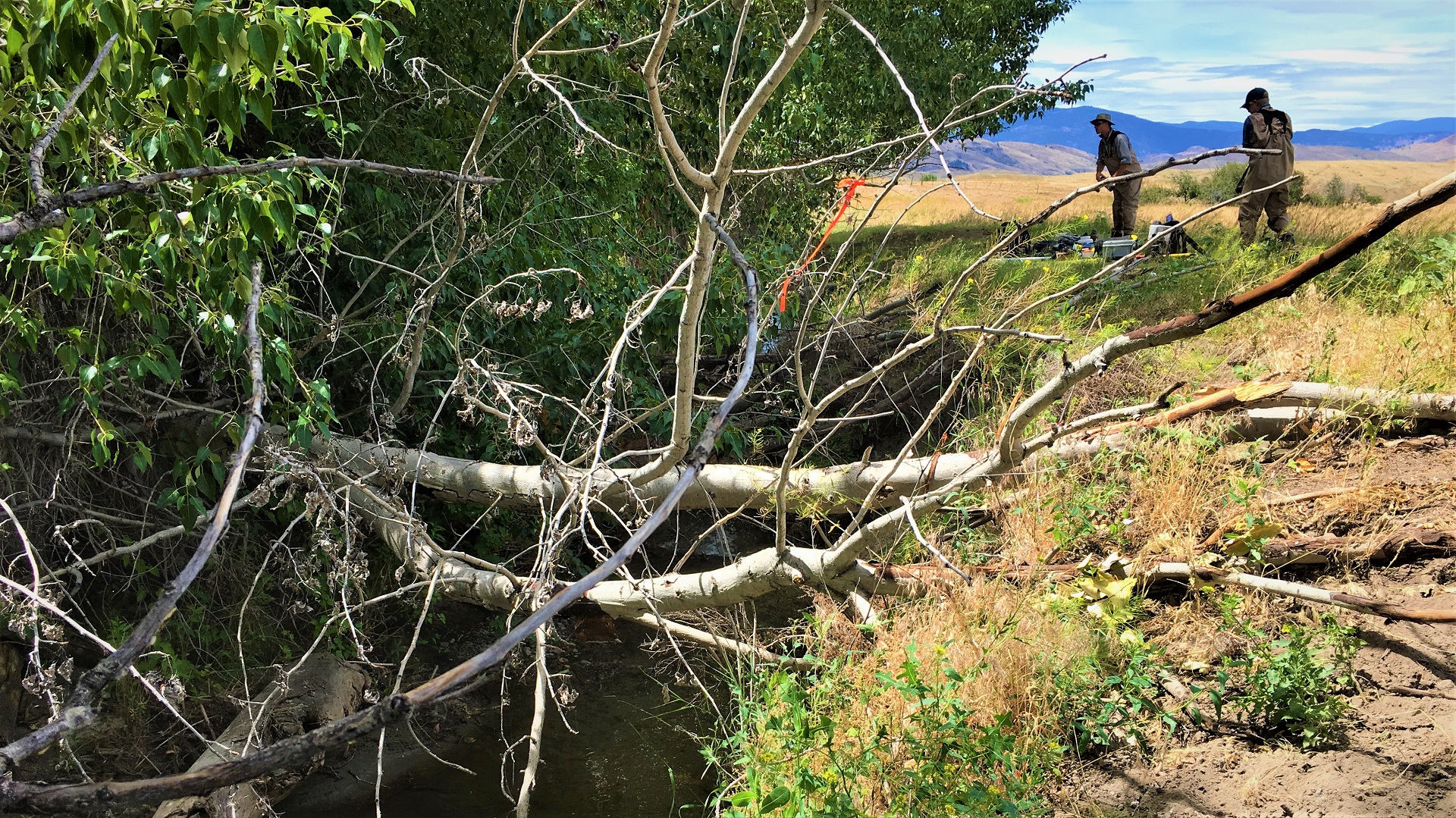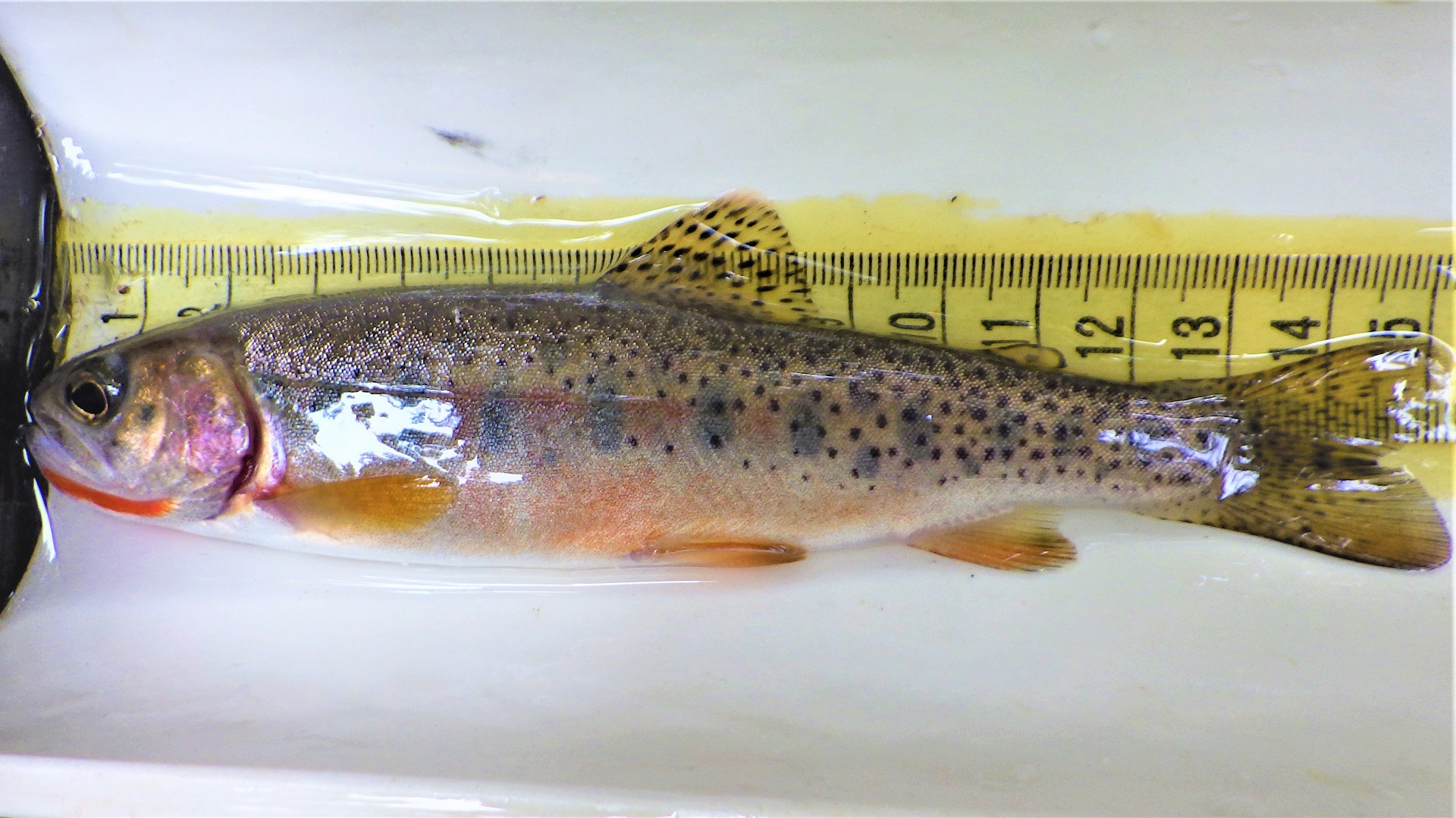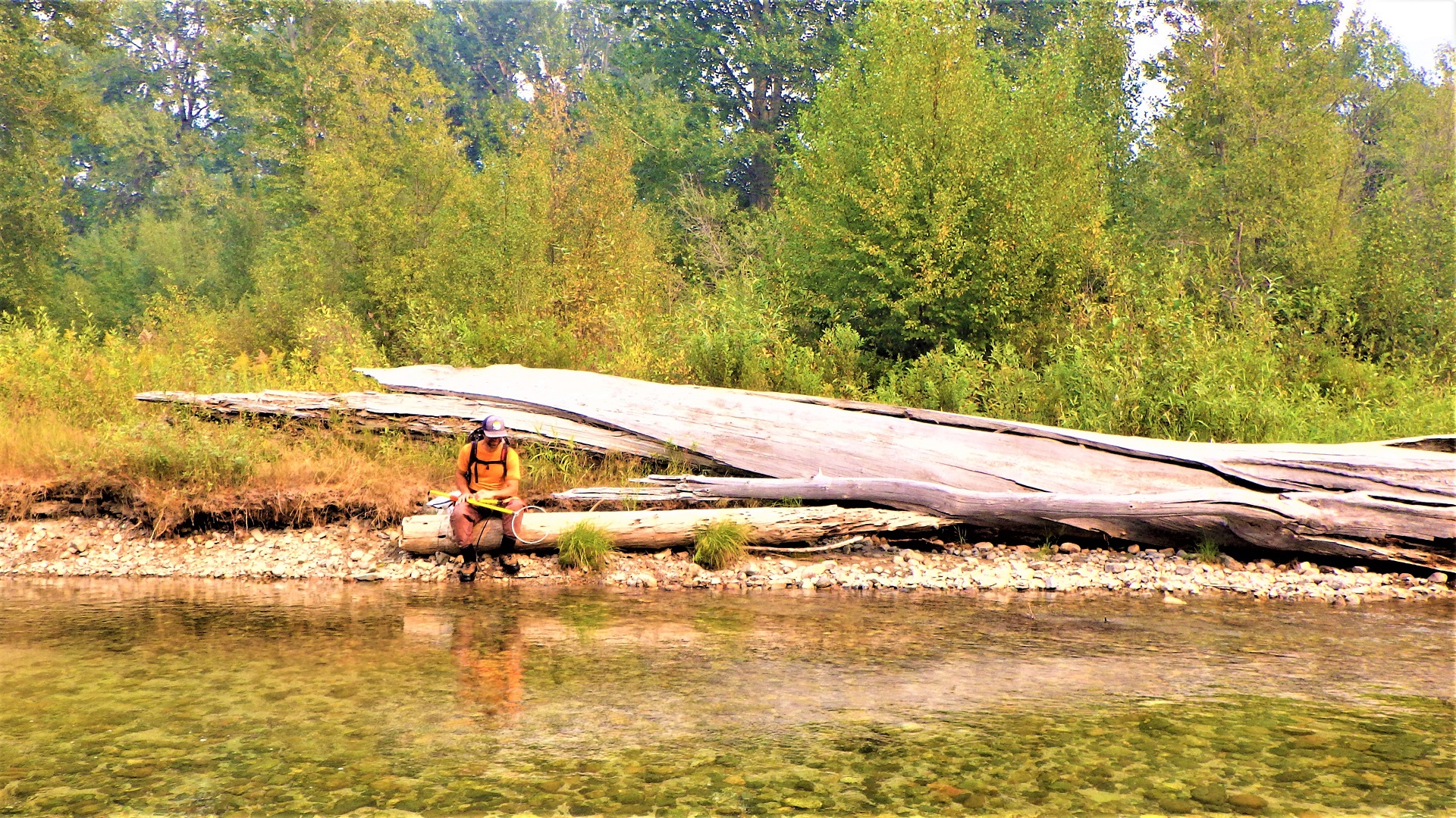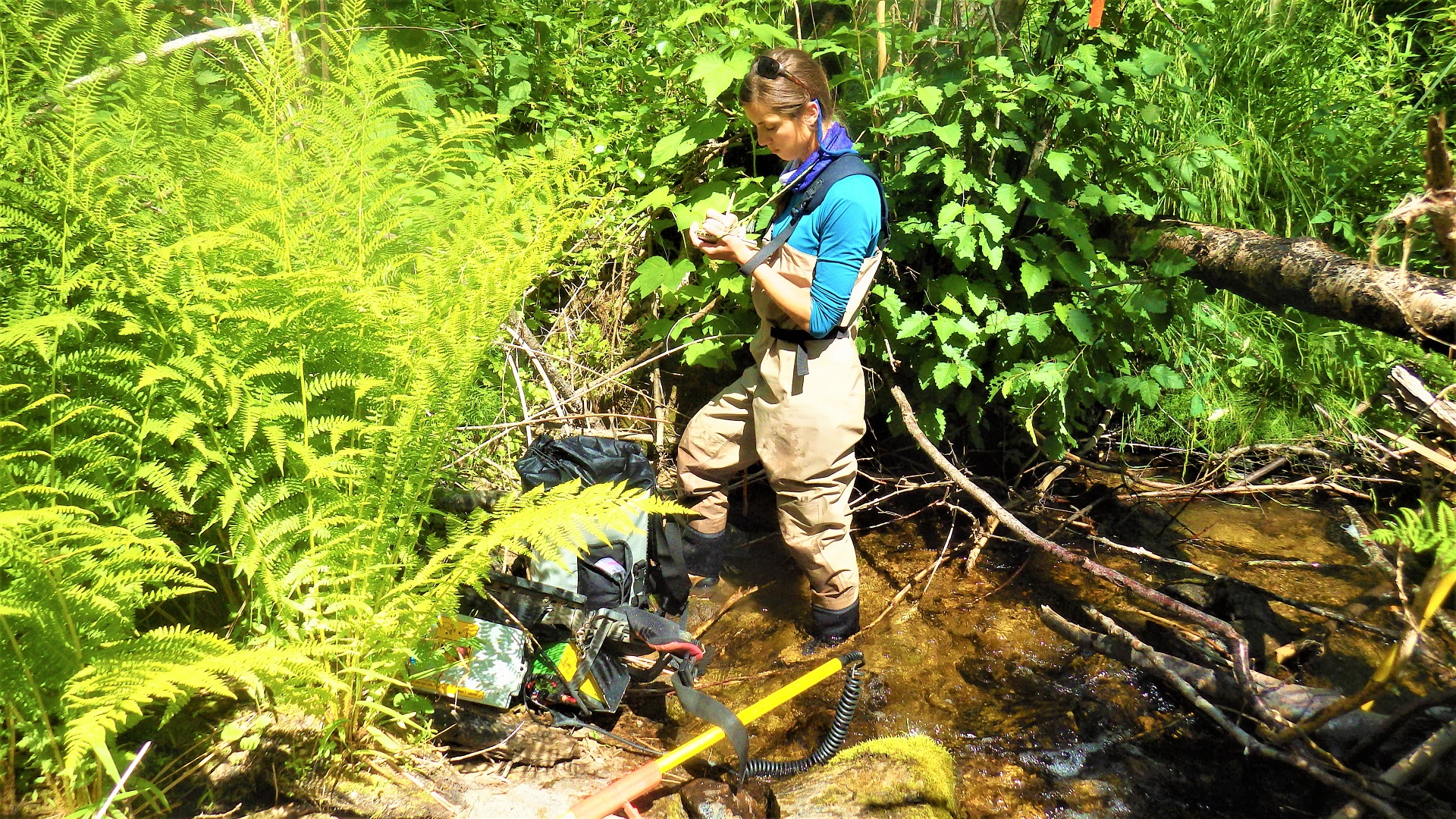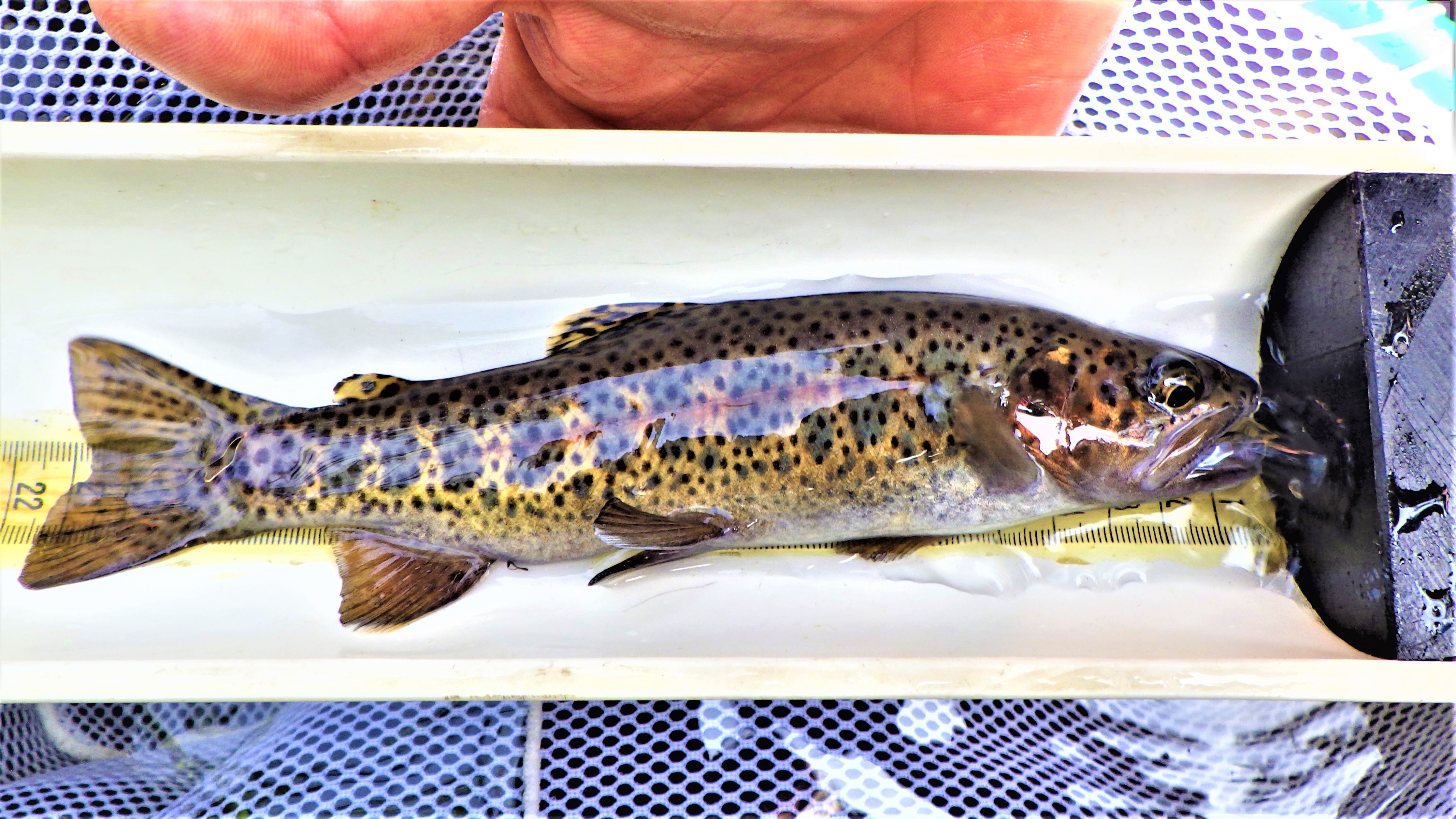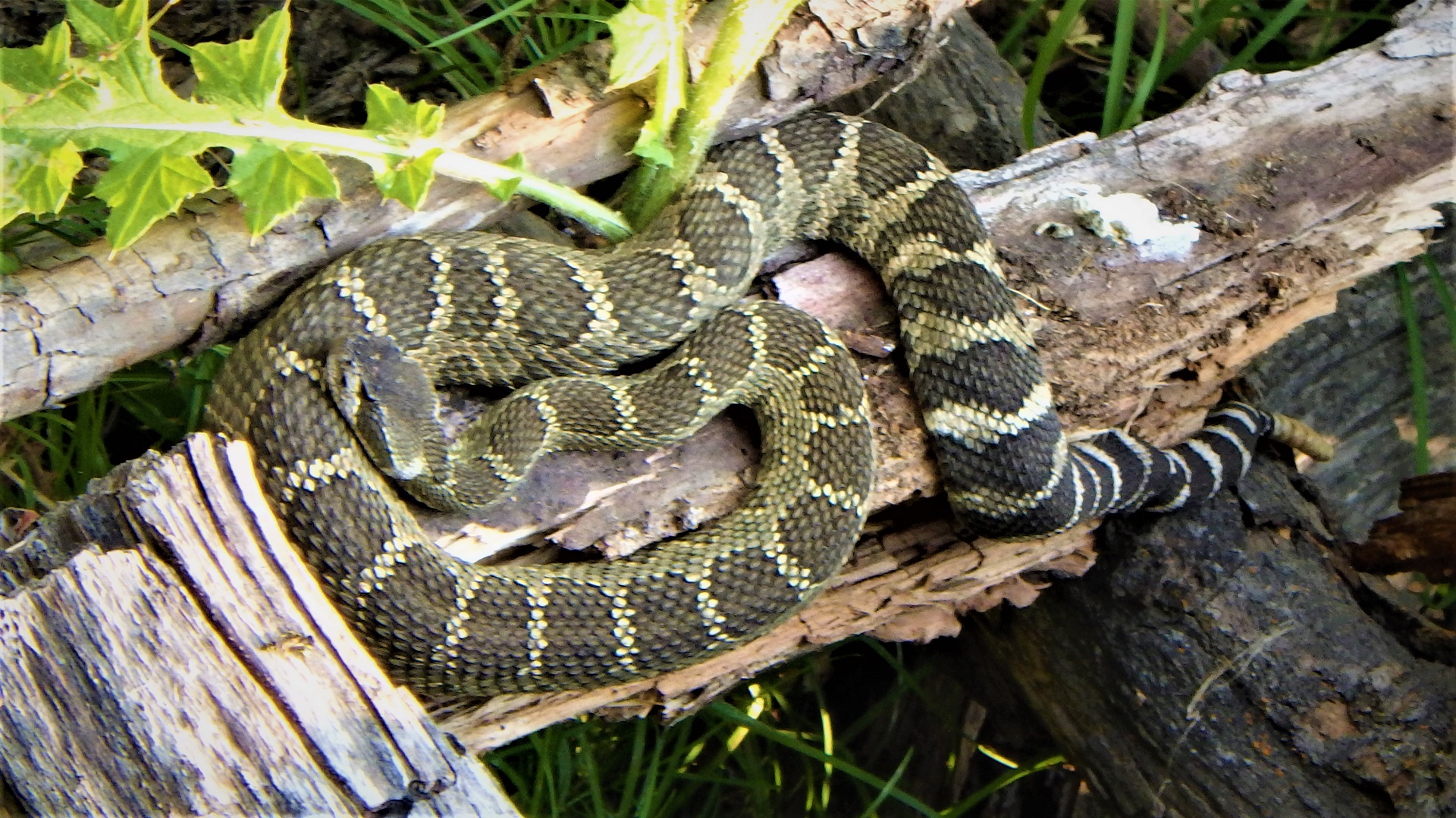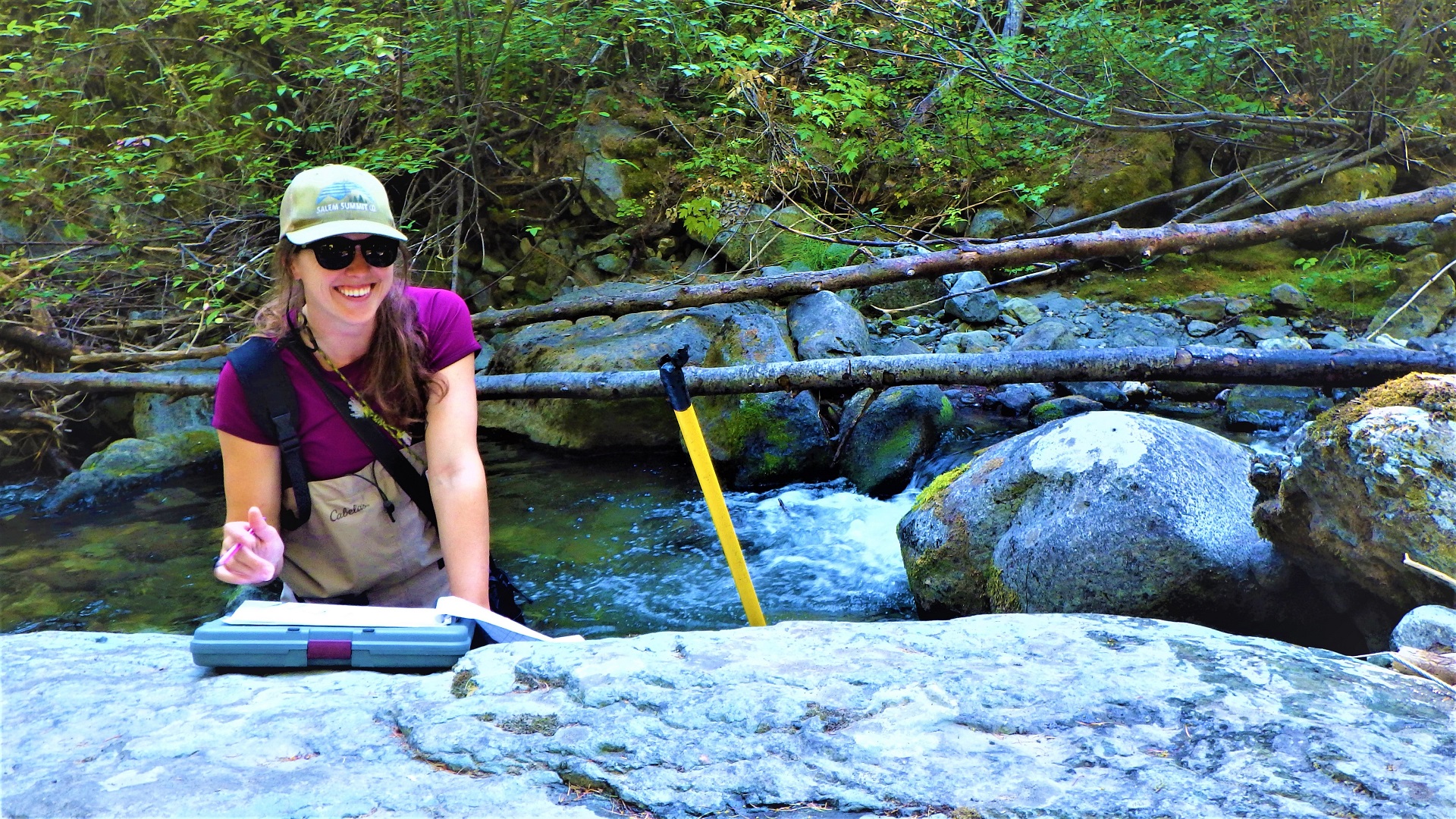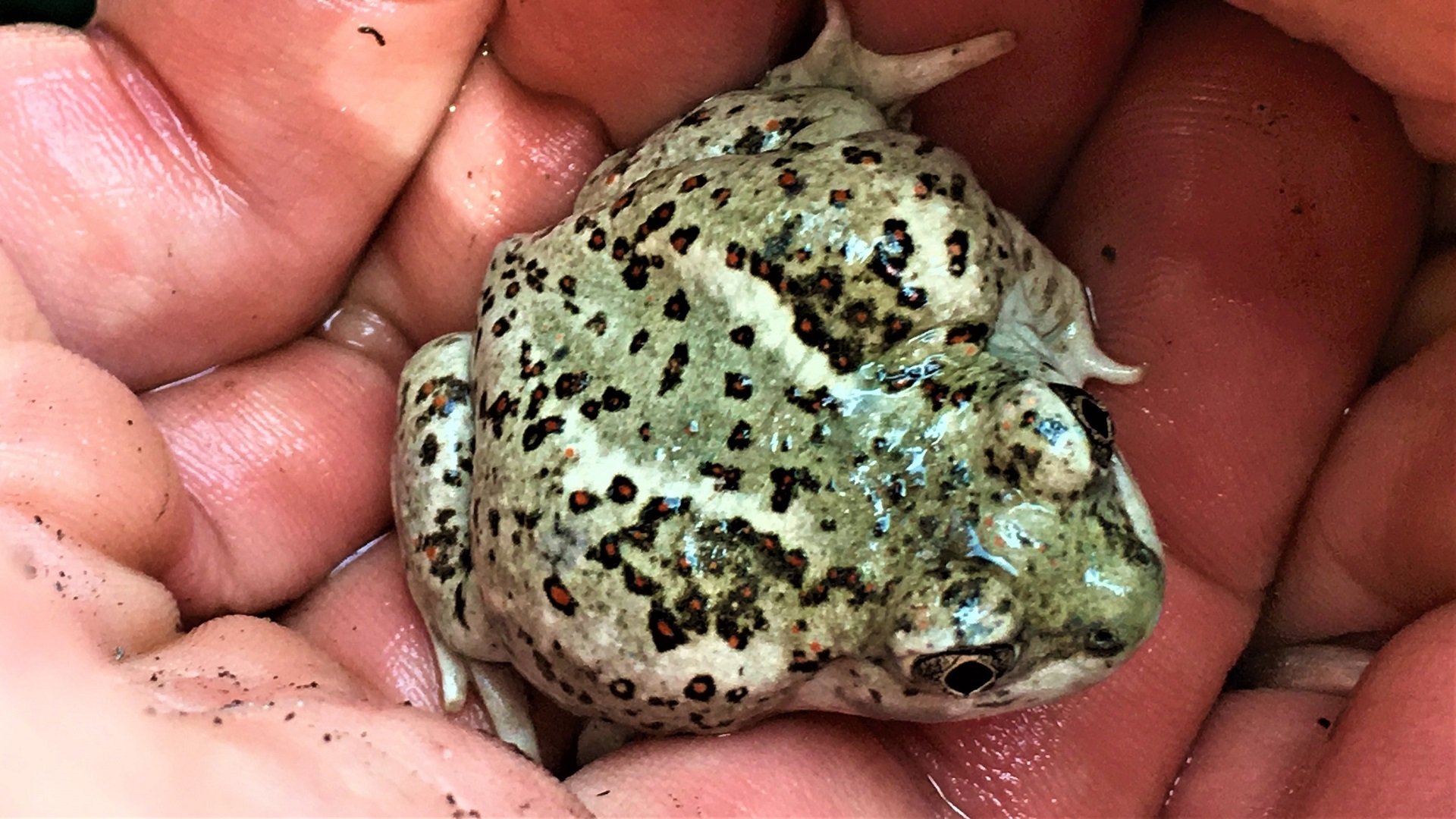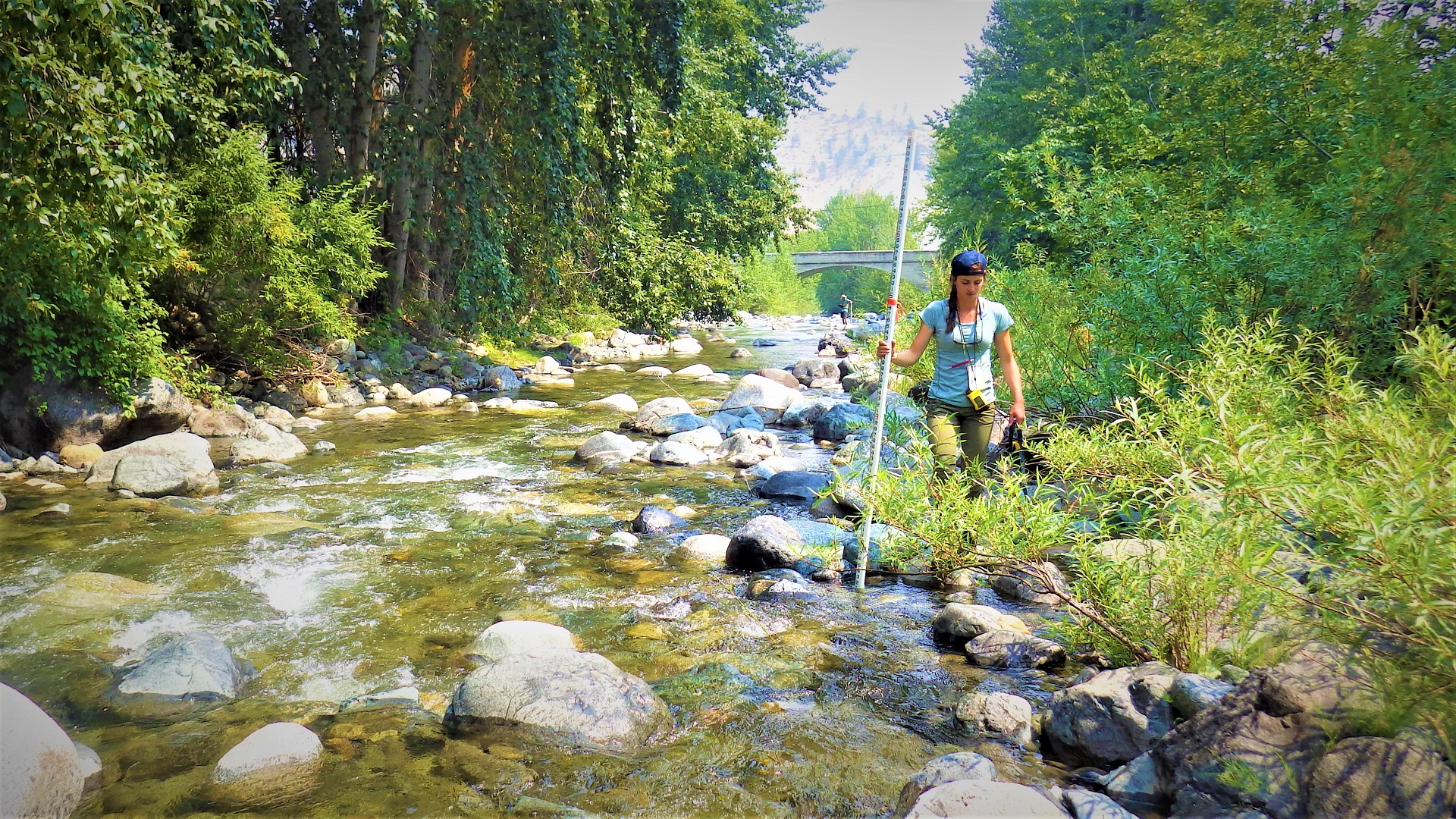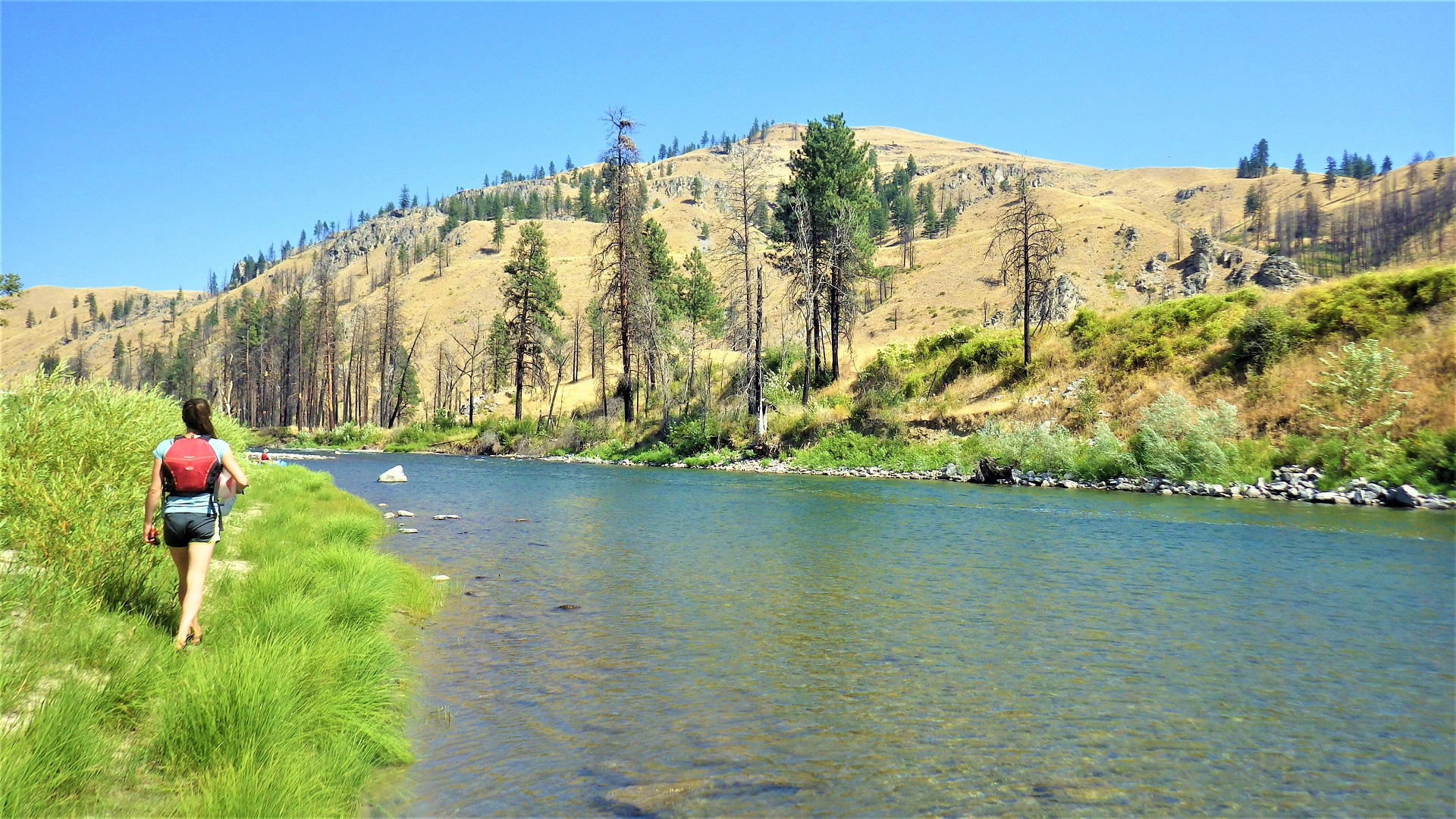Watershed health — Upper Columbia update
We investigated the health of stream in the Upper Columbia Status and Trends Region in 2012 and 2017. Based on these study years, the region showed a majority of good biological conditions, with the highest physical and chemical indicators relating to substrate and water chemistry.
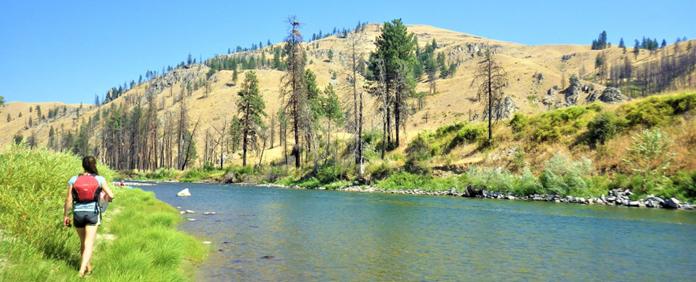
Use the map to navigate our reports by Status and Trends Region.
Regional summary
- Benthic Index of Biotic Integrity (B-IBI) conditions were consistent in the Upper Columbia Region, with a majority of stream kilometers assessed classifies as being in good biological condition.
- The most prevalent indicators for streams in the Upper Columbia Region were elevated sand/fine sediment and increased substrate embeddedness.
Biological condition
Invertebrate biological condition of streams did not display important change from 2012 to 2017 in the Upper Columbia Region. The proportion of stream kilometers assessed that were classified as being in good biological condition were over 60 percent of total stream extent in both sampling years.
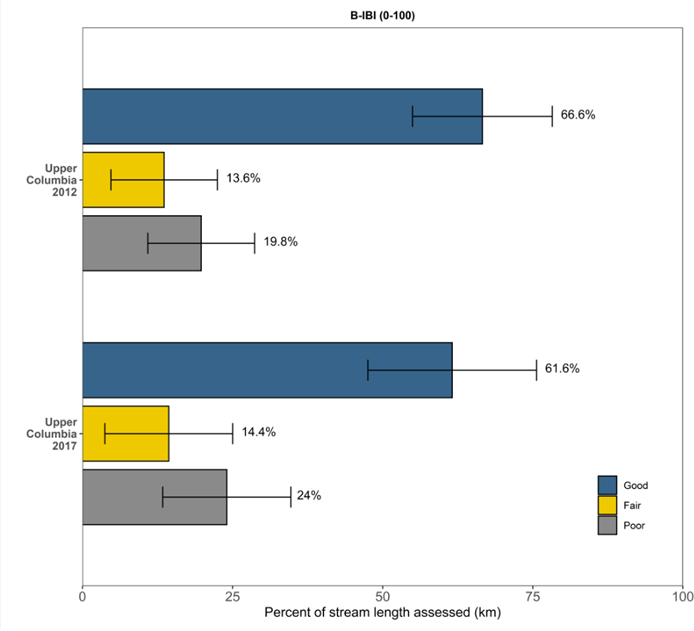
We used B-IBI ratings from 2012 and 2017 to obtain the percentage of stream kilometers in good, fair, or poor condition for the Upper Columbia Region. Error bars represent 95% confidence intervals.
Significant physical and chemical indicators
In 2012 and 2017, two indicators were in poor conditions for more than 50 percent of stream extent in the Upper Columbia Region: bed stability and percentage of sand and fines. While these were the major indicators for this region, in 2017 there were 30 percent of stream kilometers found to have poor conditions for average embeddedness, amount of shade at the banks, and canopy extent.
To interact with this graph and learn more about these indicators, hold your mouse over each bar.
This interactive graph shows the percentage of stream kilometers assessed with poor physiochemical conditions in the Upper Columbia Region for 2012 and 2017. The x-axis represents the percentage of river extent in poor condition. Error bars show 95 percent confidence intervals.


